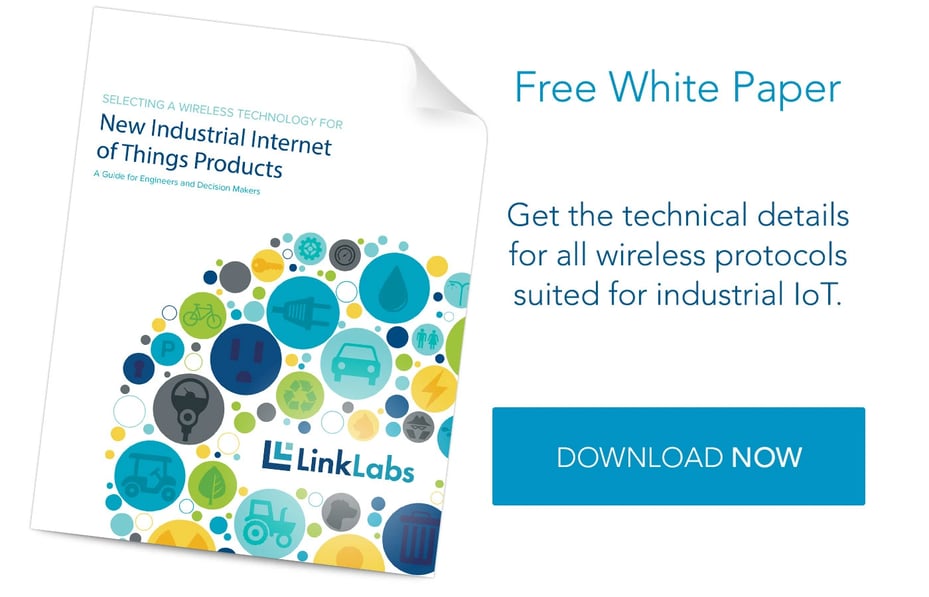You’ve got a great idea for the Internet of Things (IoT). It could be an industrial sensing device, an agricultural system, or a cool new consumer product. You’ve shared the idea with your friends and colleagues (and they love the idea) and you’ve looked into wireless technologies that can make this all happen. You’re excited to get it out there. But have you really done your homework yet? You may think you’re sitting on a gold mine and you might be right, but before you think about actually bringing that IoT idea to market, there are five questions you need to ask yourself:
1. Who are my non-IoT competitors?
If you make a smartwatch, you’re not just competing with all the other smartwatch companies out there. You’re also competing with all of the regular watch companies, cell phone companies, fitness tracking companies, and more. Just because your device is cool and new doesn’t mean you’re entering an empty playing field; instead, it might be an already-crowded market of lower-tech solutions—ones that cost less and work fine the way they are.
It’s important to keep in mind that you’re competing for dollars and against a variety of related solutions, not just against products that do exactly the same thing as yours.
2. What internal resources do I need, and can I outsource if I don’t have it?
Having a good idea for your IoT app is the first step, but having key members on your team is crucial if you’re developing a full solution. For example, your company may have an analytics engine for a certain application that is out of this world, but if you don’t have some experience in how you collect the data (through sensors or otherwise), how you move that data through space (communications layers), and how to manage that data, you may have a problem and you’ll likely need help. If you don’t have someone internally that knows this kind of information and you can’t hire that person quickly, you need to identify an outside source that can augment your team. The same might hold for hardware or industrial design, for example.
3. What are my real requirements?
What does your application need in terms of data rate, size, format, range, battery life, accuracy? I’m not talking about existing requirements—rather, what do you need to solve a specific problem? People often try to translate existing solutions over to an “IoT solution” rather than working from the ground up. We find that it’s best to first set the requirements, then balance the trade-offs of power, battery life, range, etc., as opposed to trying to hook up a new communications layer onto something optimized for another communications standard.
4. What am I willing to give up?
You can see the trade-offs play out through the Symphony Link range calculator or read more about link budget tradeoffs here. But there are some trade-offs that you can control (within some limits due to regulatory requirements), although they are all intertwined: power/battery life, range, data rate, type of antenna, height of antenna, and, of course, costs. Pick what matters most to you, optimize it, and be prepared to make sacrifices in other areas.
5. How am I solving my customers’ problems?
Is your device or solution really fulfilling the needs of the customer or stakeholder? Is there value in it for them? If so, do they recognize the value? You might think a “smart spoon” that tracks the speed of your eating sounds like a cool idea, but does anyone really benefit from that? (If you’re interested in where that idea came from and want a good laugh, check out The Internet of Useless Things.) If your product has no real value for the customer, it’s not going to have any value for you either. It will just be a novelty. Think about what your current or future customers really need in order to get their problems solved, and then keep that in mind as you move forward with your solution. We covered the importance of this in another article about Underpants Gnomes.
It takes a fully-developed idea to make it in the market, and laying the right groundwork is essential. If you think your idea might be close to take-off, ask yourself these questions to know for sure. Your answers will tell you what is left to be done before jumping all in.
Still wondering if your IoT idea is ready for market? We can help you decide.





